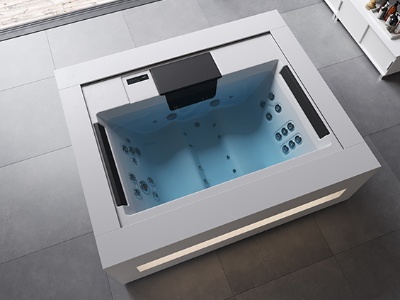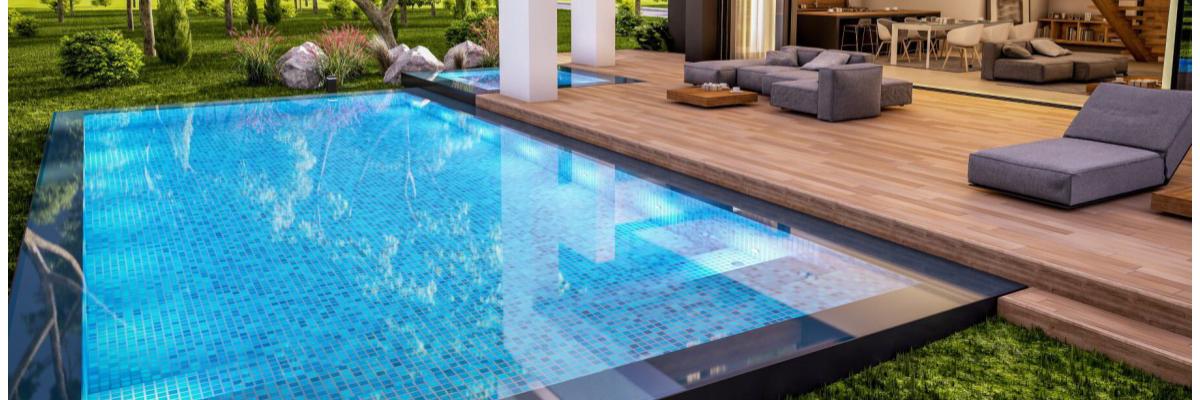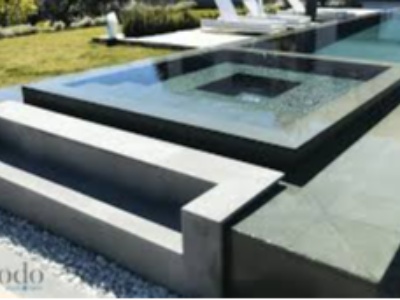
Clear, crystal-clear water is every pool owner's dream. However, without rigorous maintenance and particular attention to the chemical parameters, your pool can quickly become cloudy, green or even dangerous for swimming. Well-balanced water is not only more pleasant, but it also protects your equipment from premature wear and tear and limits the excessive use of chemicals. In this guide, we will look in detail at how to achieve and maintain perfectly clean water by combining the best practices of chemical balance, filtration and cleaning.
A good chemical balance
The secret of clear water lies above all in its chemical balance. Unbalanced water can become cloudy, encourage the proliferation of algae and cause irritation to the skin and eyes. Here are the main parameters to monitor:- pH: Ideally between 7.2 and 7.6. A pH that is too low makes the water aggressive and corrodes equipment, while a pH that is too high reduces the effectiveness of chemical treatments.
- Alkalinity: It should be between 80 and 120 mg/L. Well-adjusted alkalinity stabilises the pH and prevents sudden changes.
- Chlorine: Maintain a level of between 1 and 3 mg/L for optimal disinfection. Too little chlorine encourages bacteria and algae, while too much chlorine can cause irritation.
- The stabiliser: Essential for chlorine-treated pools, it protects the chlorine from UV-induced evaporation. The level must not exceed 50 mg/L, otherwise the effectiveness of the chlorine will be reduced.
Effective filtration
Filtration plays a vital role in water quality. Without continuous circulation and a clean filter, even the best chemical treatments will be ineffective. Here are the steps to follow to guarantee optimal filtration:- Filtration time: It must be adapted to the temperature of the water. A simple rule: divide the temperature by two. For example, for water at 28°C, the filtration should operate 14 hours a day. Cleaning the filter: whether it is a sand, cartridge or diatom filter, it must be maintained regularly. A dirty filter reduces water circulation and encourages the growth of algae.
- Checking the skimmers and the pump: Skimmers trap floating impurities and must be emptied frequently. The pump must work properly to ensure good circulation.
Regular cleaning
Manual and mechanical cleaning of the pool is essential to prevent the accumulation of dirt and micro-organisms. Here are the essential steps:- Using a net: Use a net every day to remove leaves, insects and other floating impurities.
- Brushing the sides: Brush the sides and bottom of the pool at least once a week to remove limescale deposits and algae.
- Using a robot cleaner: An automatic robot or a vacuum cleaner can be used to remove dirt deposited on the bottom of the pool.
- Anti-algae: Add a preventive anti-algae product every week to prevent their appearance.
- Flocculant: It helps to group together the fine particles that pass through the filter, making the water clearer.
- pH regulators: In the event of frequent pH variations, an automatic regulator can make management easier.




